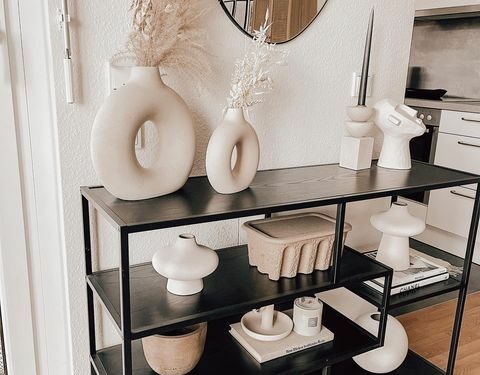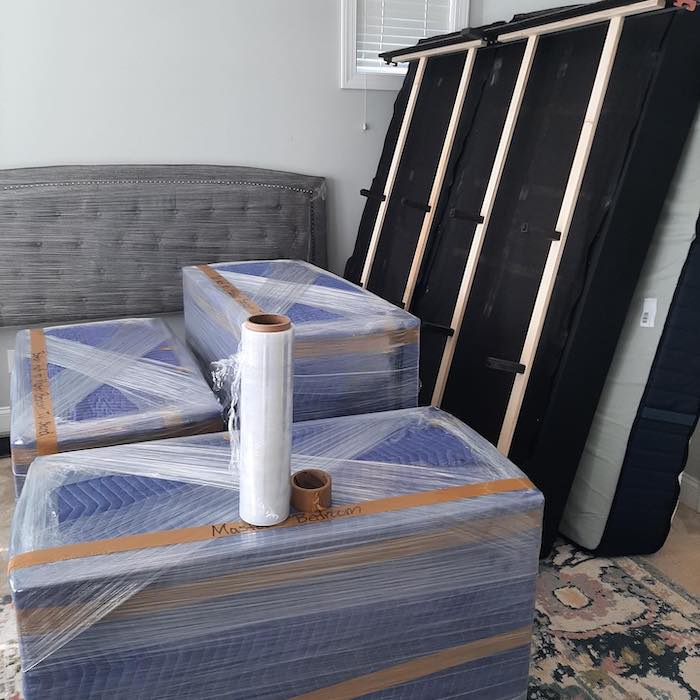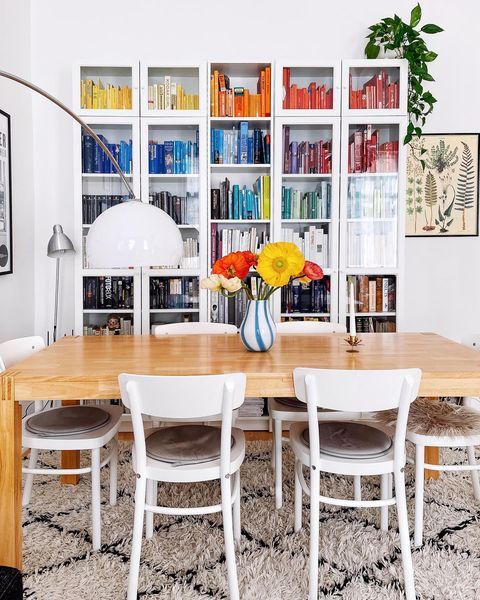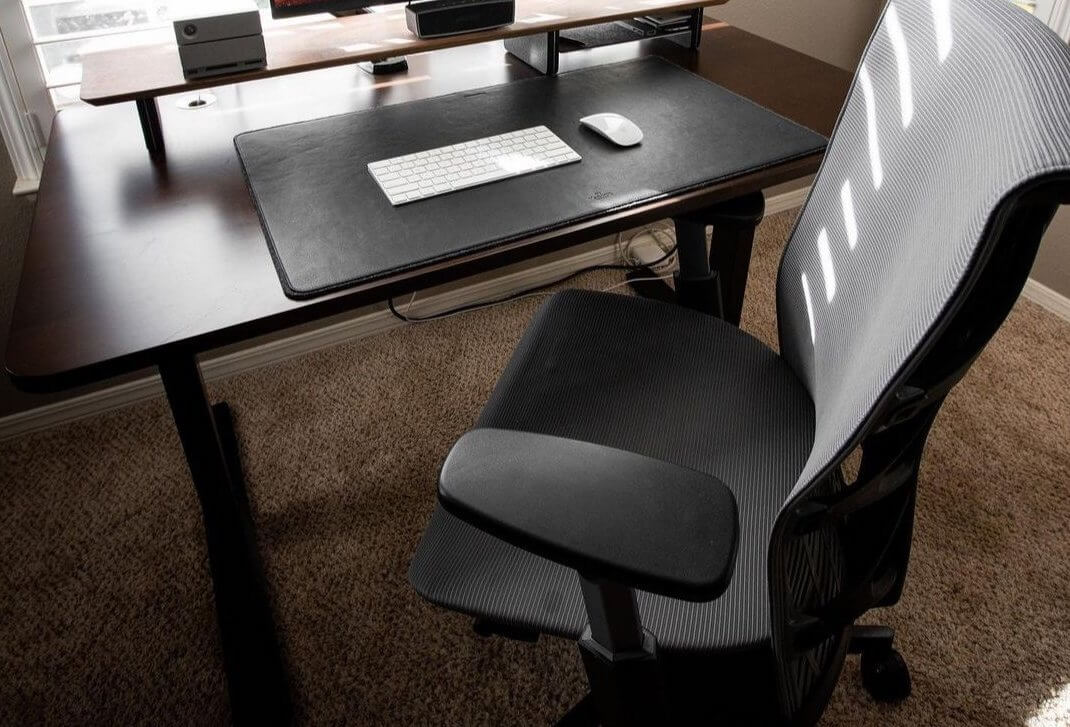Whether you want the new space to feel like an expanse filled with boxes and old pieces. So take some time before loading up all those precious belongings onto trucks or planes so they can make passage safely through treacherous terrain without being damaged along the way. Especially most people spend thousands on luxurious furnishings when moving home alone.
Steps beforehand towards protecting these cherished heirlooms by securing them inside sturdy storage containers.
- Label each box with its contents as well as “fragile” if need be.
- Position the furniture items in such a way so they will not slide around or topple over during transport.
- Use extra care when handling glass tabletops and mirrors by wrapping them individually in bubble wrap.
- And for particularly cumbersome pieces, it might be best to hire professional movers who have the experience and equipment necessary to safely transport large furniture items.
- Use packing peanuts or crumpled up paper for filler material
Using plastic wrap for furniture
Clean and dry furniture. Make sure everything is clean and completely dry before wrapping an easy and effective way to prevent damage during a move.
Simply place the shrink wrap over the furniture and use a heat gun to tight seal it in place. This will create a protective barrier against scratches, dents, and other types of damage.
Plus, shrink wrapping your furniture will also make it easier to transport since it will be less likely to slip or slide around during transit.
Furniture pads are also a must-have when moving furniture since they will help prevent scratches and rips. And be sure to place any throw pillows or covers in plastic bags to keep them clean and free of dust.
Shrinkwrap is a great way to protect furniture when moving. It’s quick and easy to use, and it will keep your furniture safe from scratches, scrapes, and bumps.
To shrinkwrap furniture, simply place the shrinkwrap over the piece of furniture and use a heat gun or hair dryer to shrink it down. Be sure to smooth out any wrinkles so that the furniture is completely covered.
You can also use packing tape to secure the shrinkwrap in place. Just be sure to remove the tape before shrank wrapping another piece of furniture so that you don’t accidentally damage it.
Tips protect your furniture
Protect your furniture with blankets
You can use old blankets, towels, sheets, padding, bubble wrap, or even quilts will do the trick. Just make sure they’re clean before you use them.
Dismantle and wrap large furniture
It’s important to decide which pieces of furniture can be easily disassembled and taken apart because they will need special attention during the move. The other items should remain in place without any additional movement required on your end!
Notes:
- Wrap each individual piece of furniture in blankets or moving pads.
- Secure the blanket around the piece by taping it down.
- For particularly delicate items, use bubble wrap for extra cushioning.
Use furniture sliders for heavy pieces
These are basically large coasters that you place under the legs or corners of heavy furniture to help glide it across the floor with ease.
Protect your wooden furniture
Use furniture pads on the legs of chairs and tables to avoid leaving marks on your floors.
Pack fragile items separately
Any items that are particularly fragile or valuable should be packed separately from the rest of your belongings.
Don’t damage your mattress
Wrap the mattress in a plastic mattress bag to protect it from dirt and moisture. If you have a box spring, wrap it in plastic as well.
Use furniture straps to secure the mattress to the frame of the bed. Pack pillows and other bedding separately in labeled boxes.
What you need to know about moving with a sofa
Wrap the sofa in furniture pads or blankets. Use furniture straps to secure the sofa to the moving dolly. This will prevent it from sliding around during transport. Pack any loose cushions in a labeled box.
Protect television
Pack the television in its original box. Getting a sturdy cardboard box that’s big enough to fit the TV. Wrap the television in furniture pads or blankets.
Secure the television to the moving dolly with furniture straps. Pack any loose cords and remotes in a labeled baggie.
Protect couch
Remove all items from the surface of the couch. Wrap the table in furniture pads or blankets. Secure the table to the moving dolly with furniture straps. This will prevent it from sliding around during transport. Pack any loose items in labeled boxes.
Tips for how to move large, heavy items
There are a few things you can do to make the process easier.
- Try using furniture sliders to help glide the piece across the floor. You can also try tilting the furniture up on one end and rolling it across the floor like a wheelbarrow.
- If all else fails, recruit a friend or family member to help you lift and carry the piece to its new location.
- When it comes to moving heavy furniture, always remember to lift with your legs and not your back. This will help prevent injuries.
Don’t damage the corners furniture
When moving furniture, it’s important to take extra care of the corners and edges since they are the most susceptible to damage.
Bubble wrap is a great way to cushion and protect the corners of furniture, and you can even use a cardboard corner cut from an extra box as an added layer of protection. Just tape the corner to the piece with masking tape.
Furniture pads are also a must-have when moving furniture since they will help prevent scratches and rips. And be sure to place any throw pillows or covers in plastic bags to keep them clean and free of dust.
Moving truck guide for furniture protection
Be sure to start with the heaviest pieces first and work your way to the lighter items. This will help prevent your furniture from shifting during transport and becoming damaged. It’s also a good idea to use furniture pads or blankets to protect your furniture from scratches and scrapes.
It is important to have all couches and other furniture upright. Place extra padding around these items so they do not get damaged while being transported or stored horizontally on flooring that may cause scratches along their surface from constant contact with one another when laid out flat; this will also prevent any dents which can be costly!
When it comes to moving furniture, the most important thing is to take your time and be careful. With a little planning and some basic supplies, you can rest assured knowing that your belongings will arrive at your new home safely and soundly. So take a deep breath and relax—your move is in good hands.











